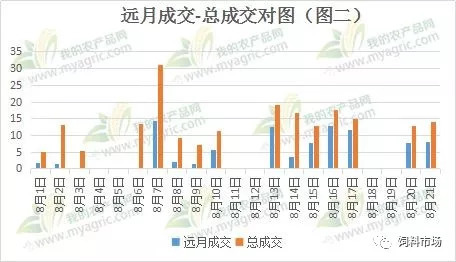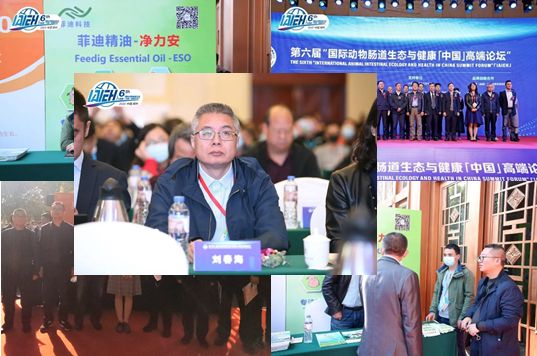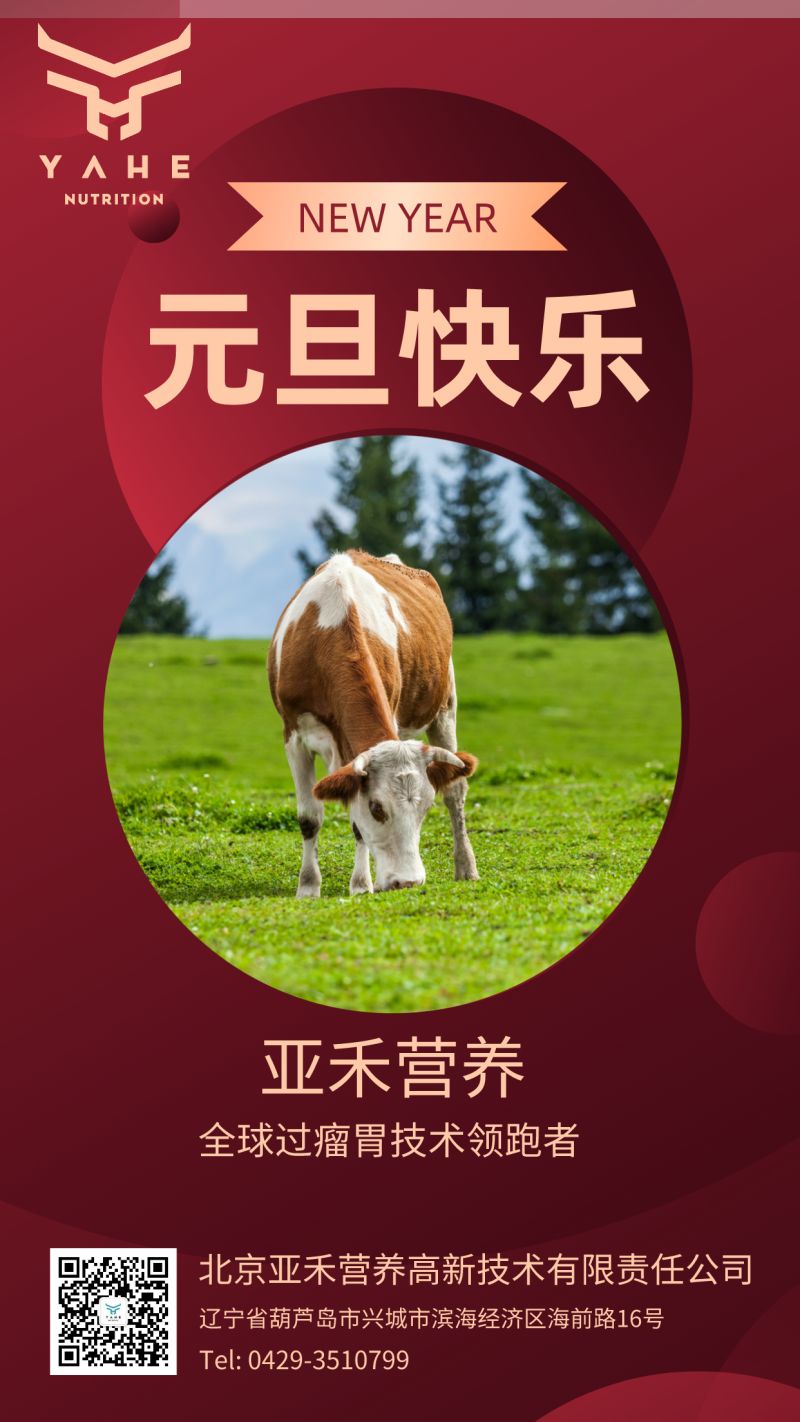Opinion: bearish pig prices, corn and soybean meal. (1) The rate of live pigs is accelerating, the price of pigs may continue to diverge, the price of pigs in epidemic areas will decline, and the price of pigs in non-epidemic areas will rise; The risk of prevention and control in the northern region is increasing, and farmers in high-risk areas may accelerate the slaughter rhythm and ensure the safety of the bags, while reducing the enthusiasm for breeding piglets for outdoor fattening and supplementing the sows. Therefore, we suggest that investors need to consider the impact of the epidemic on the recent corn and soybean meal markets.
In the later period, we continue to track the prevention and control of African swine fever epidemic, because there is currently no effective vaccine against African swine fever in the world, which can only be dealt with by means of culling, harmless treatment, disinfection and blockade. Due to the low scale of domestic pig farming, the biological safety level of each farming main body is different, and live pigs are frequently transported, which does not rule out the possibility of future outbreaks being found in other regions.
Event review:
(1) Liaoning African Swine Fever Trace to Jilin
On August 1st, a suspected African swine fever epidemic occurred in a pig from a farmer in Shenbei New District, Shenyang City, Liaoning Province. On August 3, confirmed by the China Animal Health and Epidemiology Center, the outbreak was an African swine fever epidemic, which was the first in China. On August 15, the Animal Husbandry and Veterinary Bureau of Liaoning Province reported that the epidemic situation of African swine fever in Shenyang City has been traced back to Jilin Province, which has been steadily controlled. Zhang Mou of the epidemic site in Shenbei New District of Shenyang bought 45 live pigs from Wang Mou of Hunnan District on July 5. The expert team of the Ministry of Agriculture and Rural Areas tested positive for African swine fever in Wang Mou's farm. Wang Mou bought 100 piglets from Jilin on March 24. The pigs began to sell after the onset of illness and death in April, except for Zhang. Except for a certain 45 heads, the rest have been clarified.
(2) The pigs transferred from Heilongjiang to Zhengzhou, Henan were diagnosed with African swine fever
On August 16, 30 of the 260 live pigs shipped from Heilongjiang in the slaughterhouse in Zhengzhou, Henan Province found 30 dead due to the African swine fever epidemic. At present, Henan Province has initiated an emergency response mechanism and adopted measures such as blockade, culling, harmless treatment, and disinfection. Zhengzhou Shuanghui Slaughterhouse is designated as an epidemic site and blocked, and the edge of the slaughterhouse extends 3 kilometers as the epidemic area , 10 kilometers from the edge of the epidemic area as a threatened area, all live pigs and susceptible animals and products are prohibited from entering or leaving the blockade area. On August 17, the Heilongjiang Animal Husbandry and Veterinary Bureau notified that no African swine fever was found in the area, and the on-site inspection results did not support the Qinghe Forestry Bureau pig farm as the source of the African swine fever epidemic in Zhengzhou, Henan Province. This batch of live pigs is transported through many provinces and cities, with a journey of more than 2,000 kilometers. Heilongjiang Province will continue to cooperate with the expert team of the Ministry of Agriculture and Rural Affairs to investigate the source of the disease.
(3) African swine fever is prevalent in Central and Eastern Europe and the Caucasus
African swine fever is an acute, highly infectious viral disease with a very high mortality rate. China has classified it as a type of animal disease, which is a key external disease. Since 2017, several outbreaks of African swine fever have occurred in the Russian Far East, mainly in Africa, Central and Eastern Europe, and the Caucasus. In the past month, there have been African swine fever epidemics in Russia, Hungary and Poland.
According to statistics, among the 11 host cities of the 2018 World Cup in Russia, 14 outbreaks occurred around 3 cities in the 6 months before the event. Less than two months after the start of the World Cup, 38 outbreaks occurred in six cities, accounting for 76% of the total outbreaks in the same period in Russia. At present, people are moving around the world, and international goods trade is becoming more and more frequent, which has played a role in boosting the spread of the epidemic.
On August 14th, five outbreaks of African swine fever occurred in Latvia
On August 9, 10 and 14, 21 wild boars and 11 domestic swine African swine fever outbreaks occurred in Poland
On August 10, five outbreaks of African swine fever occurred in Russia
On August 9th and 14th, four outbreaks of African swine fever in domestic pigs occurred in Ukraine
From August 8th to 14th, there were 9 wild boars and 132 domestic swine African swine fever outbreaks in Romania
On July 25, 1 outbreak of wild boar and 1 domestic swine African swine fever occurred in Romania
On July 23, an outbreak of wild boar and African swine fever occurred in Heves County, Hungary
On July 20, 2 wild boars and 3 domestic swine African swine fever outbreaks occurred in Russia
On July 20, 68 outbreaks of wild boar and African swine fever occurred in Poland
Impact on recent hog prices: live pigs speed up the market price of hogs in epidemic areas is down
After two weeks of African swine fever reappearing in Zhengzhou, the slaughtering companies in several provinces strictly prohibited the acquisition of live pigs in the epidemic situation and the transit area from Heilongjiang to Henan, including Henan, Heijiliao, Beijing, Tianjin, Inner Mongolia, etc. Xinjiang, which is closer to Russia, is also on the embargo list.
We believe that under the influence of the restricted pig transportation, the recent domestic pig price trend may continue to diverge. The price of pigs in the epidemic area will decline, and the price of pigs in the non-epidemic area will rise. The overall price range sees [13.0-14.0] yuan / kg. Core logic: On the consumer side, currently African swine fever is still scattered, and is temporarily under effective control. The impact of the epidemic on pork consumption is more concentrated in areas where the epidemic is found, such as the Northeast and Henan. On the supply side, in order to reduce the risk of epidemic diseases, farmers in the northeast and Henan may accelerate the slaughter in the near future. The slaughter plant in the epidemic area has been suspended. At the same time, the remaining provinces have banned live pigs transferred to the epidemic area. Pigs are transferred to other provinces, and the backlog of pig sources in the province will cause the price of pigs to fall.
After the first epidemic in Liaoning last two weeks, the price of pigs in the province began to decline, while the source of pigs in the south was more tight, prices rose, and the market formed a serious north-south price gap. From August 3 to August 17, the price of Liaoning pigs was about 12.6 yuan / kg, while the price of Guangdong pigs rose from 13.7 yuan / kg to 14.9 yuan / kg.
Impact on feed consumption: quicker slaughtering and lower slaughtering consumption of pig feed may be affected
Although the current epidemic is still scattered, but as the epidemic spreads from northeast to Henan, the risk of prevention and control in the northern region increases, and farmers in high-risk areas may accelerate the rhythm of slaughter, drop the bag for safety, and reduce the outdoor breeding The enthusiasm to buy piglets for fattening and supplementary pens. Northeast China and Henan are both key areas for hog transfers, especially Henan is also a major pig breeding province. The impact of the epidemic on its hog production will affect the feed consumption of local and other outsourced piglet fattening areas to a certain extent. Therefore, we suggest that investors need to consider the impact of the epidemic on the recent corn and soybean meal markets.
Continuous meal encounters "biochemical crisis", how will the future market develop?
Since market news on August 16 indicated that the Sino-U.S. Trade war restarted negotiations, Lianxuan suffered heavy losses. Unexpectedly, domestic pig breeding in August suffered another blow, which is undoubtedly worse for Lianxuan. There were three African swine fever incidents in China this month. The African swine fever epidemic was first discovered in Shenyang on August 3; the epidemic was confirmed on August 16 at the Shuanghui slaughterhouse in Zhengzhou, Henan Province. The stock of Shuanghui Group once fell to a limit on that day; on August 19, Jiangsu Unknown causes of death of pigs in a farm in Lianyungang Haizhou District. Affected by the epidemic, the market is concerned about the problem of pig farming causing the decline in soybean meal consumption. Soybean meal ended the previous strong rise. After a sharp plunge on Monday, it recently turned into a volatile operation. How much impact will the epidemic have on the continuous meal, what will happen in the future?
Mid-Autumn Festival outbreak has little effect on the trend of pig prices
Since the beginning of August, pork prices in various regions have continued to rise, hogs and pigs have gradually turned losses into surpluses, and farmers' enthusiasm for supplementing pens has increased significantly. After the outbreaks occurred in Liaoning, Zhengzhou and Lianyungang successively, the market pork prices gradually stabilized after a brief decline, and some regions even increased prices against the market. Because the epidemic has not expanded significantly, it has been effectively controlled. In addition, less than a month before the Mid-Autumn Festival, pork consumption is about to usher in a wave of peaks, and the slaughter companies' intention to stabilize market prices is very obvious. Judging from the current situation, the impact of the epidemic on the breeding industry is limited, and the increase in pig supplementation will boost soybean meal consumption.
Negotiations to restart China-US trade war
The closer the time to the launch of US soybeans, the Brazilian soybean sales are coming to an end, and the market is becoming increasingly worried. The recent high of 3317 is a strong gain. On the afternoon of August 16, the official website of the Ministry of Commerce stated that China will be invited to the United States to discuss Sino-US trade issues, triggering a continuous dive on the 17th. As of today, the continuous dip has fallen for four consecutive days and closed at 3182. Whether China and the United States can properly resolve the trade war before the advent of the US bean sales quarter in November has become the focus of market attention. Most people previously thought that China and the United States could not solve the trade war in the short term, but the purchase of US beans seemed inevitable, so the price of soybean meal continued to rise. From the current perspective, the level of this consultation is not high, it is difficult to make much progress or reach a consensus on behalf of the two parties in a short period of time, so in the short term, soybean meal downward space is limited.
Based on a strong basis, all regions have returned to a positive basis
Although the soybean meal futures prices have suffered successively in late August, the spot market has performed relatively well. Oil mills and traders are actively priced, and downstream companies are also willing to pay. As of August 21st, the basis of coastal mainstream areas across the country has returned to the long-lost positive basis (Figure 1). All parties in the market are more optimistic about the far-month basis. Since mid-to-late August, there has been no significant increase in the country ’s total transactions, and the far-month transactions have increased significantly (Figure 2).
.jpeg)

In summary: recent hot issues have shaken the soybean meal futures price, making the continuous meal return to 3150 first-line operation. However, on the whole, the trade war is not expected to be properly resolved in the short term, and the swine epidemic has been effectively controlled, and the domestic breeding industry has turned into a profit and is about to usher in the peak holiday consumption season. The spot market still needs to be cautiously watching and watching, the downstream will replenish the inventory on demand, and the basis can be bought appropriately, focusing on the latest progress of the trade war.





